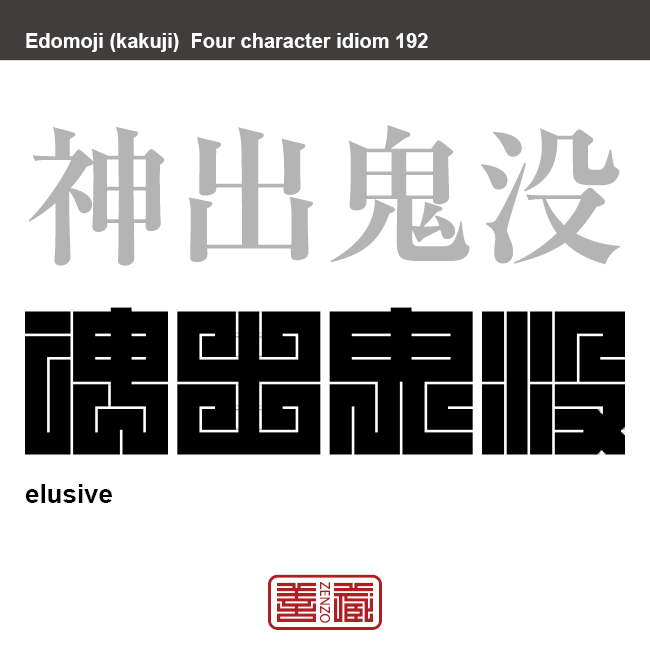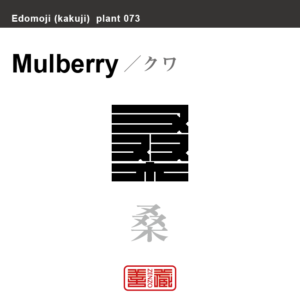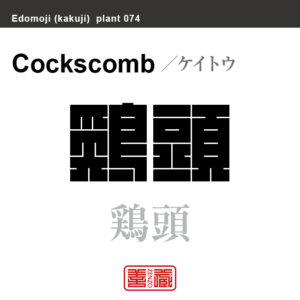神出鬼没 しんしゅつきぼつ 角字でことわざ、四字熟語

神出鬼没
しんしゅつきぼつ
Shinsyutu-Kibotsu
elusive
Unicode: [神_0x795E][出_0x51FA][鬼_0x9B3C][没_0x6CA1]
鬼神のようにたちまち現れたり消えたりするという意味。『通俗編(つうぞくへん)―神鬼』に、「黄石公兵略曰、神出而鬼没」と記されている。
転じて、自由自在に素早く現れたり、隠れたりすること。きわめて巧妙に出没し、居場所などの特定が困難なこと。出没の自由自在な様子。
角字とは?
江戸時代に誕生した角字は、正方形のグリッド内にほぼ水平・垂直のラインのみで文字(漢字)が表現されるグラフィックアートです。
正方形という限られた空間の中に、あらゆる文字を閉じ込めようとするグラフィックデザインは、前述した、ミニマムな物に対する日本人特有のこだわりが随所に感じられます。
そのシンプルで有りながら、奥深い「角字」は多くの日本人を魅了し、お祭りで着る半被や印半纏(しるしばんてん)と言われる着物や、商標、印鑑、家紋、看板デザインなどに今日まで数多く使用されてきました。
What is Kakuji?
There is a style of penmanship called “Kakuji” in Japan. Edo-born Kakuji is a graphicart that expresses letters (kanji) with almost horizontal and vertical lines only.
The design which bases on many straight lines seems simple, or too plain even at its first glance; yet this beautiful artistic penmanship that encompasses the aesthetic of the Japanese in the Edo era, also known as “Iki”, and playfulness has long been inherited to this day, thanks to the masteries’ long years of efforts in training and refinement.
Kakuji with its simplicity and depth is used for designs such as trademark, hanko stamp, family crest and signboard.































































 2文字コード:MZ 3文字コード:MOZ 数字:508 ITU:258 ccTLD:.mz
2文字コード:MZ 3文字コード:MOZ 数字:508 ITU:258 ccTLD:.mz







































































































































